Popular on Food52
Continue After Advertisement
12 Comments
Baldomero R.
October 20, 2013
Sorry Pierino; but you have not coocked paella, you did "rice with things". It is absolutely forbbiden in paella to use onion and peas, Shrimps and chorizo? Are we insane?. I know it is very difficult to find some of the ingredients in USA, but you can replace for other similars. Here is a link to a recipe
http://www.lapaella.net/paella-valenciana-recipe-english/. In some parts of Valencia the add snails and duck, it is allowed.
I do not pretend to be a paella purist; but if you call paella, the recipe is this.
http://www.lapaella.net/paella-valenciana-recipe-english/. In some parts of Valencia the add snails and duck, it is allowed.
I do not pretend to be a paella purist; but if you call paella, the recipe is this.
pierino
October 20, 2013
Baldomero thank you for your comment but paella is really at its most basic "rice with things". Rice was introduced during the Moorish occupation and flourished in the Valencia region.As to the picture, I didn't do that, that's editorial. But still I would use whole shrimp shell on in a paella. And I would go all surf and turf with snail and rabbit and alligator if I could find some.
Baldomero R.
October 21, 2013
O.K., at the end, paella is "rice with things", but not all kind of things, only a short list of things, exactly "local things", from and close the area where was invented -rabbit, duck, chicken, artichokes, garrofó, bachoqueta, but not shrimps or peas- . The valencians are very demandings with this recipe, even they say that the better water to made it is from Valencia... Trust me, I live in Andalusia, south of Córdoba, and I shall never let me call paella to the rice with things I cook, here we call it "Perol cordobés", similar?, yes and no, we use onion (Valencians do not use it because they say that softens and cake the rice, and one of the commandment of the real and only paella recipe is: "you will never cake the rice"; for that reason they do not stir the rice in the paella, if you stir you break the grain and release the starch; and paella is not a rissotto), pork meat (ribs or leg), and, of course, chorizo... Anyway, I'm sure your dish is excellent, but, please, call it: "rice made in a paella" or "Paella my way". Have a good week
gustus
October 8, 2013
It works! While visiting civilization this summer, I bought a paella pan at Sur La Table that didn't require a bank loan (and that eerily resembles the pan in your illustrations), and my one attempt at a a paella before tonight was a disaster. That time, I was cooking on an electric smooth top stove, the proportions of liquid to rice were way off, the stock was not pre-simmered, and there was no prohibition on stirring. (The author of the recipe shall remain nameless.) Tonight I used the grill and all of your directions. Voilà!
Kerryloves2travel
September 30, 2013
I just took a Paella class from chef who lived & studied in Spain and only thing different was brown the meats 1st-chicken, rabbit. Also, add onion 1st, then later garlic-cooks at different times & burned garlic not so tasty.
Use good quality stock & saffron threads more depth of flavor than flowers. Your tip is right on : DO NOT STIR.
Perfect crowd pleasing 1 dish meal.
Use good quality stock & saffron threads more depth of flavor than flowers. Your tip is right on : DO NOT STIR.
Perfect crowd pleasing 1 dish meal.
AntoniaJames
September 30, 2013
Your writing is refreshingly original, so beautiful and clear. Thank you for another outstanding recipe. ;o)
AntoniaJames
September 30, 2013
Oops, I mean another outstanding "article". It's not a recipe. In fact, it's an article specifically about not being a recipe. Long day, today. ;o)
pierino
September 30, 2013
Thank you AJ. Paella is one of my favorite things to prepare for a crowd. It is forgiving if you look after it.
AntoniaJames
September 30, 2013
I think it's high time I buy at least one of my sons (both of whom have lived in various parts of Spain, for extended periods) a paella pan, and for us to get this project underway next time they're both home. You've inspired me! ;o) P.S. Plus, you know I can never resist a trip over the Spanish Table. Speaking of which, my son who spent time in the Savoie last winter has developed quite a taste for stinky cheese.
HalfPint
September 30, 2013
I've read a few recipes that are emphatic about not stirring the pan as the paella cooks, especially if you want that crusty bottom. I tried (or rather did not) that for my last paella, and sadly, no crispy soccarat (sp?). Any ideas on how to get that?
pierino
September 30, 2013
To achieve the soccarat you must first, maintain a steady flame (that might involve adding more charcoal if you are using wood). The rice gets a quick stir in your soffrito (sofregit)it should begin to go translucent. That's where the comparison to risotto ends. SIMMERING stock is added all at once. I cook it uncovered up until the point I add the shelfish. If you don't have a lid that fits your pan you can cover it with foil until your bivalves open. This does not take long. If you are not using shellfish don't worry about covering. Keep an eye on the edges. Normally this process takes about 25 minutes. But recently I cooked a couple of really big wide ones with the assistance of a friend from Valencia. In that case it took about 40 minutes so be patient. It's okay to push the edges a bit with a wooden spatula, but that is absolutely correct---don't stir.
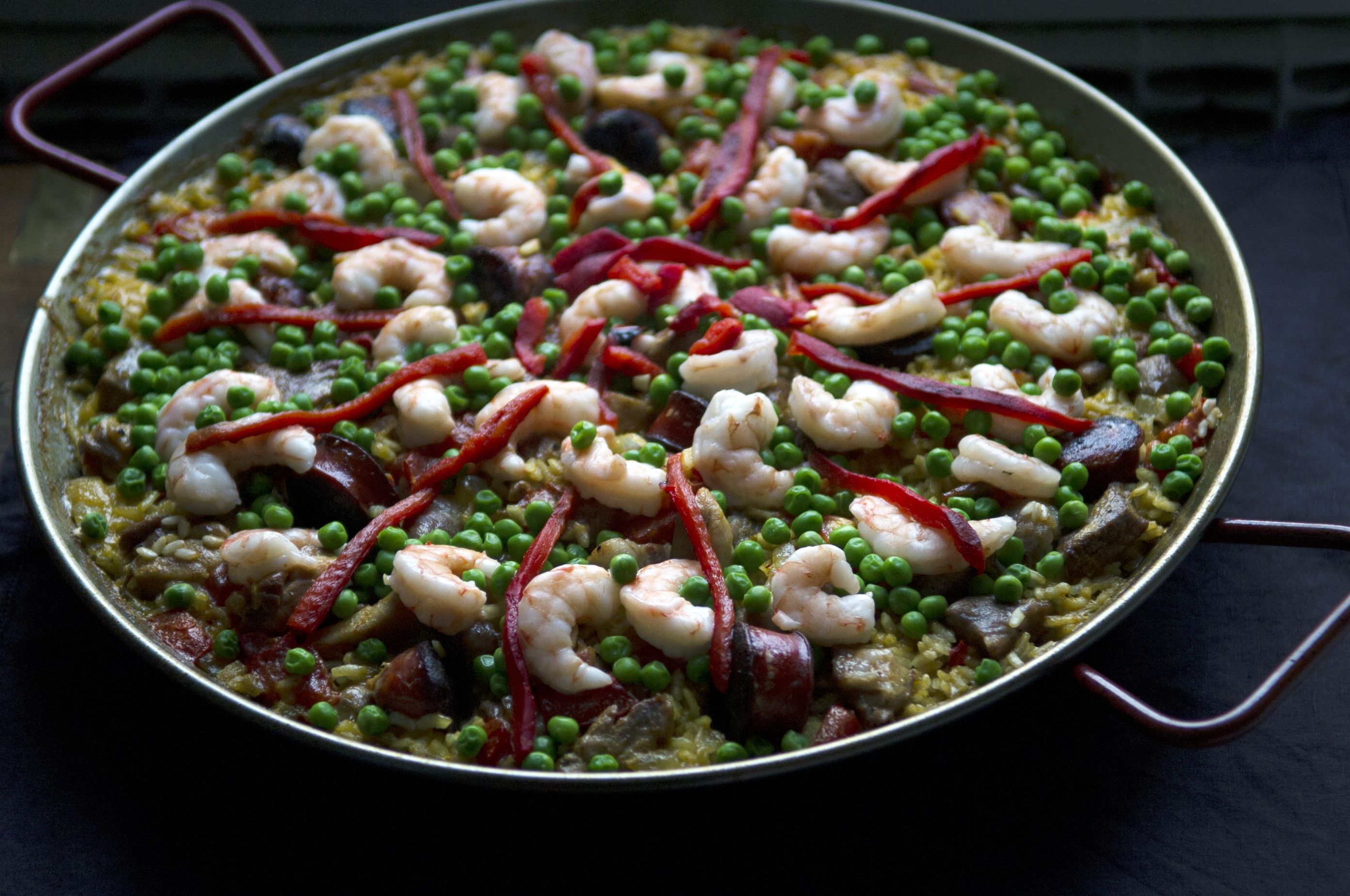
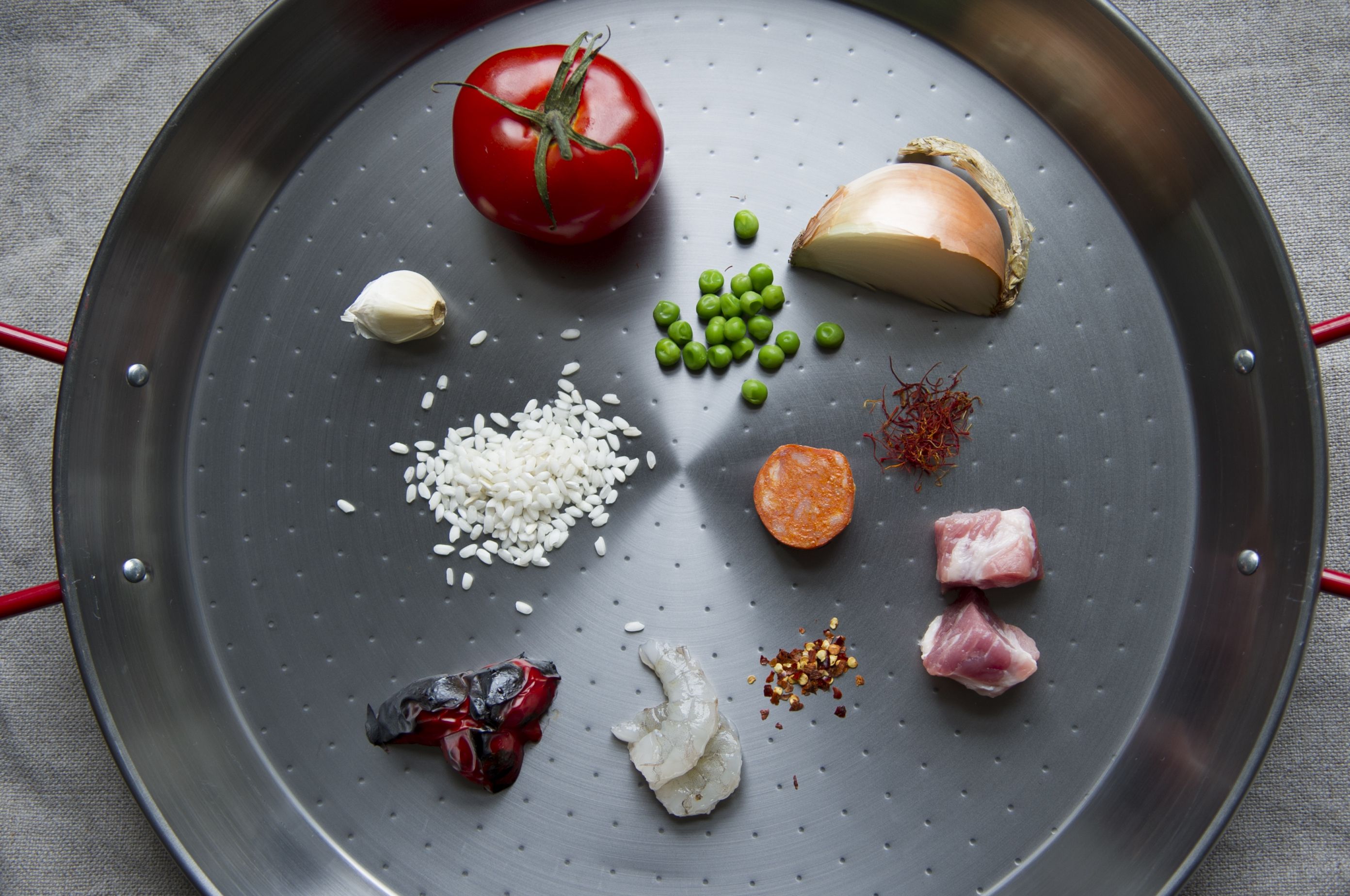
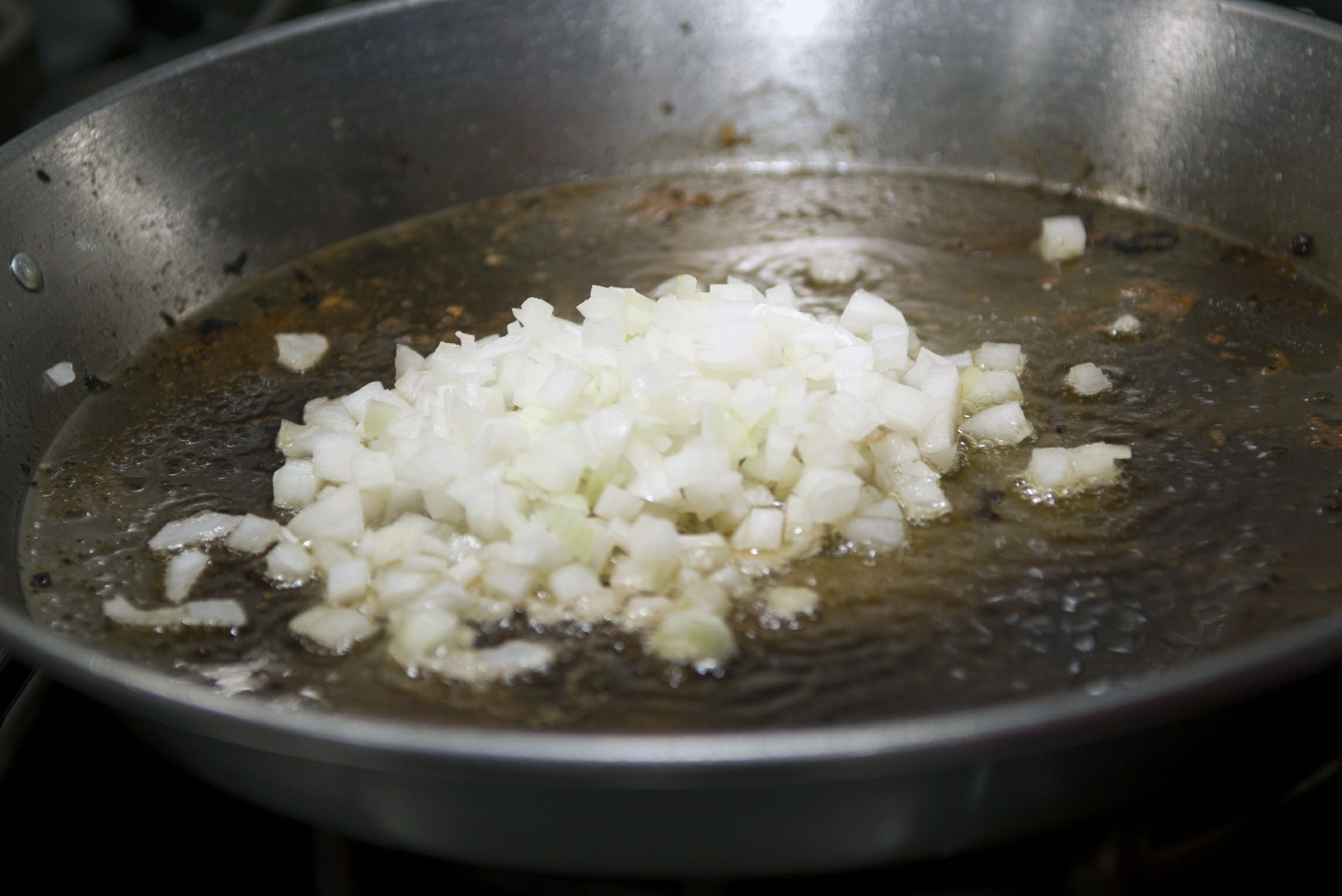
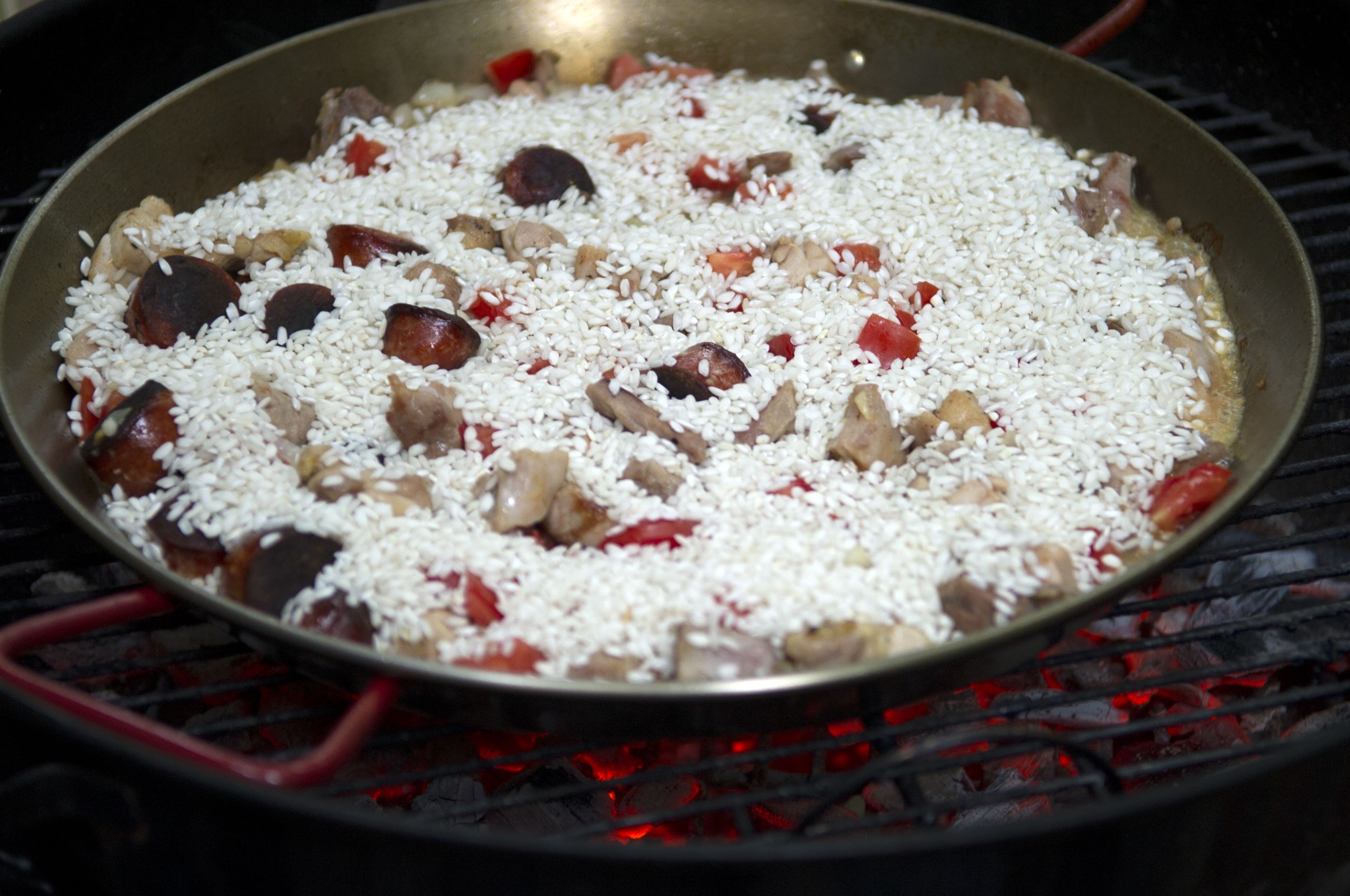

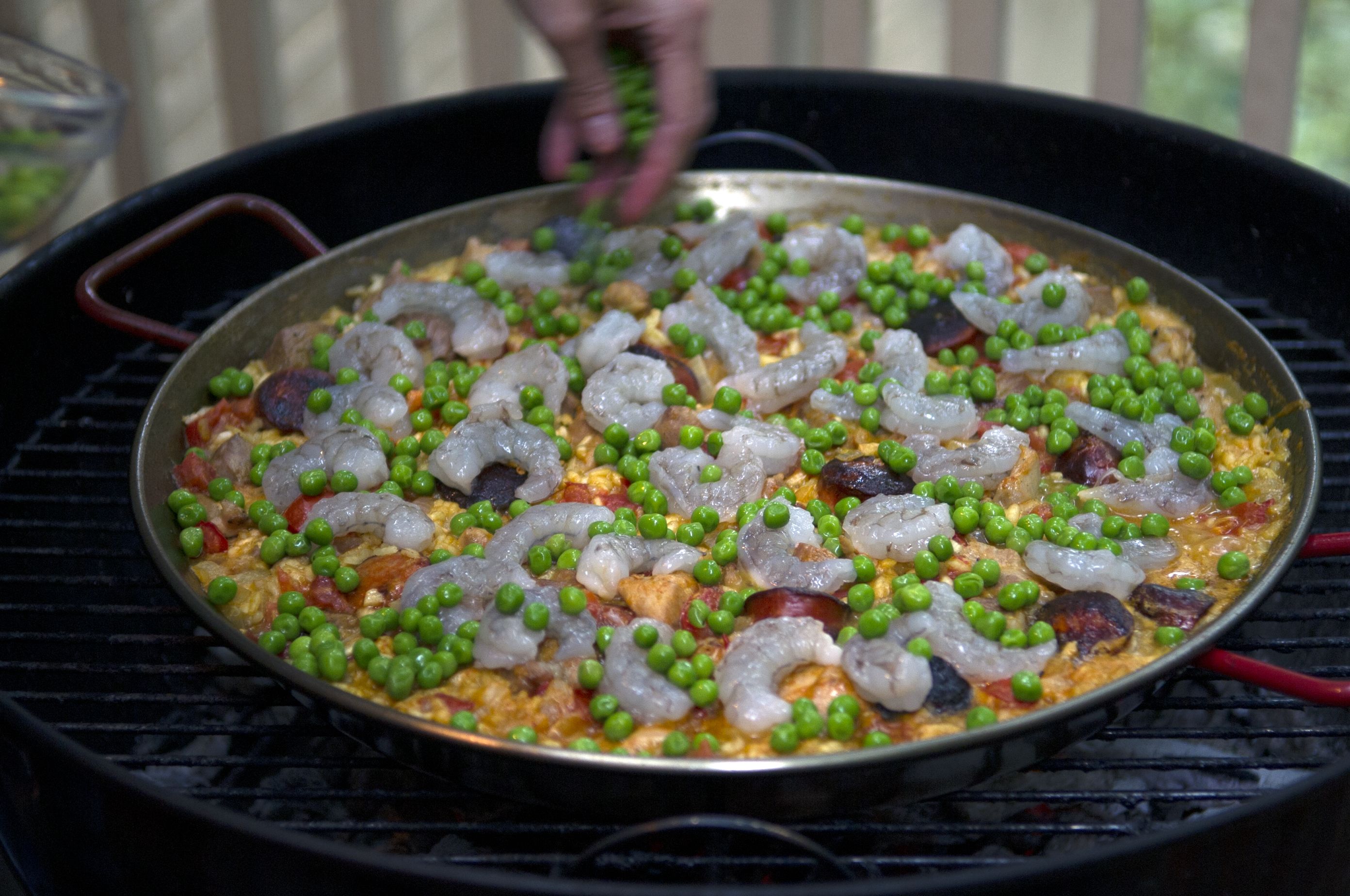
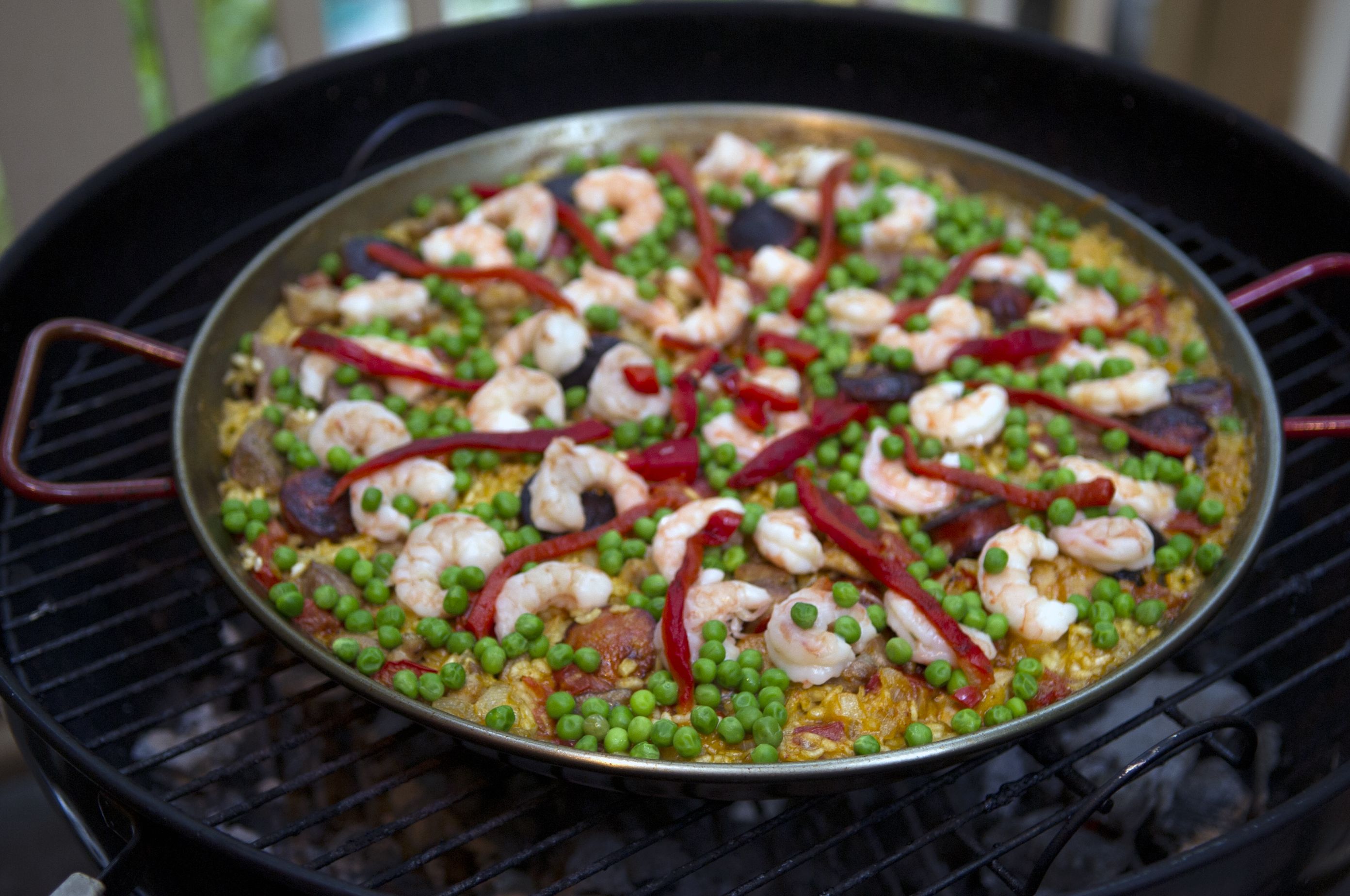

See what other Food52 readers are saying.